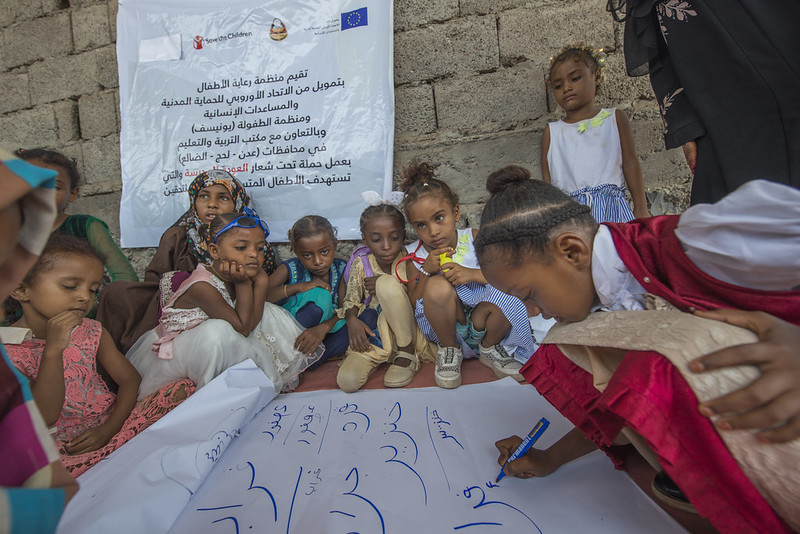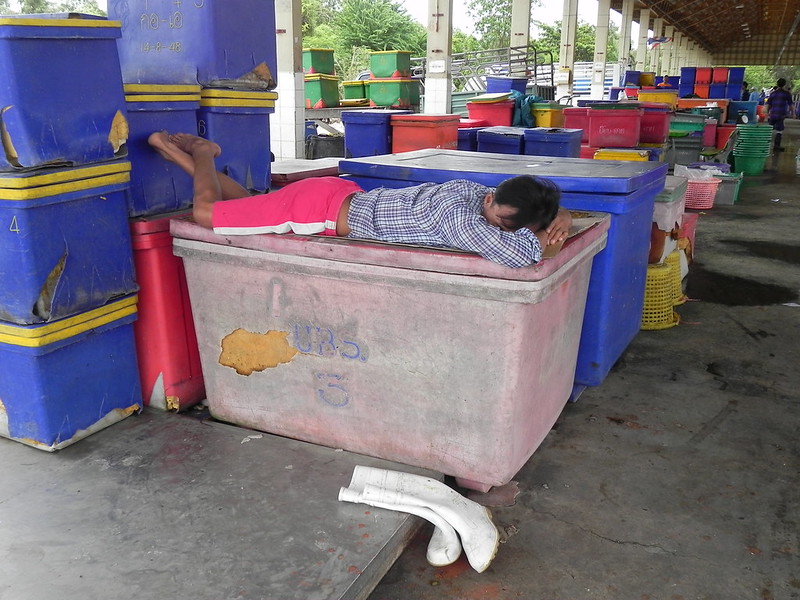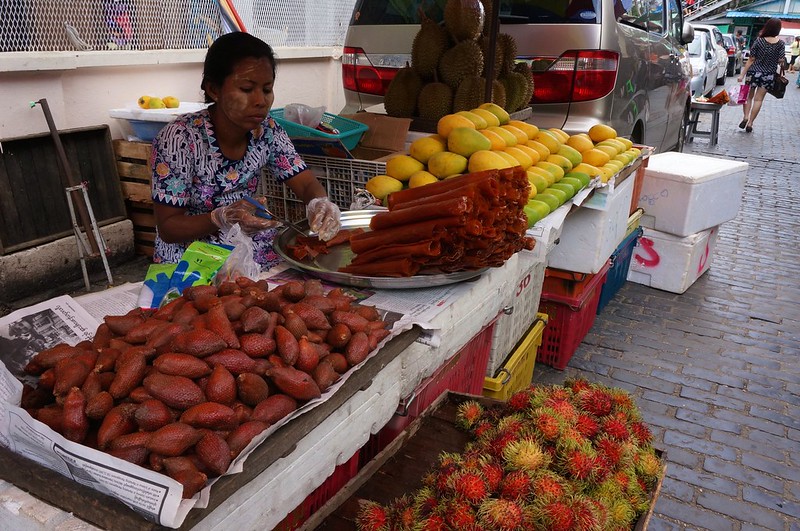 Yemen and Myanmar face significant humanitarian issues. The issue is due to governments imposing restrictions and regulations preventing assistance. The threat of economic collapse also hinders the delivery of resources needed to rebuild broken communities. It is not just the work of today’s older generations that can stop these unnecessary hardships but also the help of younger minds who amplify their voices through youth organizations to bring about the needed change. Adolescents in humanitarian action provide more support to nations in need through their contributions and by leading solutions that call for change to stop negative possibilities.
Yemen and Myanmar face significant humanitarian issues. The issue is due to governments imposing restrictions and regulations preventing assistance. The threat of economic collapse also hinders the delivery of resources needed to rebuild broken communities. It is not just the work of today’s older generations that can stop these unnecessary hardships but also the help of younger minds who amplify their voices through youth organizations to bring about the needed change. Adolescents in humanitarian action provide more support to nations in need through their contributions and by leading solutions that call for change to stop negative possibilities.
Yemen
A 23-page report titled “Progress Study on Youth, Peace and Security” written by Youth4Peace reflects the views of more than 4,000 people and the impact the younger generation makes on the world. Youth organizations play a crucial role in turning young people’s ideas into reality, significantly impacting and revitalizing broken communities.
Yemen Youth Lead is considered an important initiative for effecting change in Yemen’s climate. In association with Partners Global, Yemeni youth have successfully highlighted to government officials and international donors the importance of including young people in policy conversations to affect communities in need positively. Mohammed Al-Shami, a Yemen-born computer engineer turned advocate and guest blogger for Partners Global, volunteered with local communities and civil societies before partnering with Yemen Youth Lead. “I have personally witnessed the fearlessness, hope and commitment that the youth of Yemen had to offer,” he said, “I know firsthand Yemen’s transformation will come through the efforts of the youth.”
The Youth Without Borders Organization for Development is another nonprofit Yemeni foundation focusing on socially empowering Yemeni youth. Part of its mission is to work with passionate professionalism to provide an environment conducive to young people playing more significant roles later in life. Based on its belief that youth play a major part in public decision-making, the organization seeks to empower them through sustainable programs designed for the Yemeni reality. It cooperates with local and international partners to enhance community work, delivering effectiveness in public life and peacebuilding in Yemen.
Additionally, the Yemen Relief and Reconstruction Foundation aims to increase public awareness of humanitarian crises in Yemen, support relief and reconstruction efforts and facilitate campaigns to bring peace to the country through U.S. lobbying and policymakers. Its best strategic aim is promoting broad awareness of grave health and security issues by raising funds to support critical needs and relief efforts. Ultimately, this accumulates into advocating and facilitating support for the Yemeni people during the reconstruction efforts. The organization’s president, Aisha Jumaan, a Yemeni-born citizen, uses her experiences to help build health-related development and training activities to improve the living conditions of Yemeni citizens.
Myanmar
In Myanmar, the Myanmar Youth Empowerment Opportunities (MYEO) offers a mobile-based platform to reach out to the country’s youth and provide the skills necessary for being ready for future employment. The organization’s app delivers social media content that includes jobs, internships and volunteering, complete with online training, mobile partners and membership programs at an affordable cost.
Another Myanmar program that offers support is Peace Point Myanmar (PPM). PPM is a group of Myanmar’s youth that offers different kinds of support and empowerment training to develop skills later in society. PPM offers human rights programs along with peace-building and youth development. One of its greatest strengths as an organization is the ability to deliver library projects that educate those vulnerable by promising fun activities and learning materials to all. PPM’s library project greatly reduces anger and tension among the youth and encourages more moderate positions with social cohesion.
Youth Organizations in Yemen and Myanmar
The efforts to make a change in both countries with the youth in mind are progressing slowly. While these efforts are taking longer due to increasing global issues, Yemen and Myanmar represent the first steps toward building a better future for the world’s youth.
– Jacob Barker
Jacob is based in Ames, IA, USA and focuses on Good News and Technology for The Borgen Project.
Photo: Flickr


